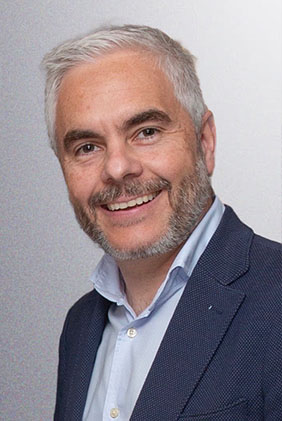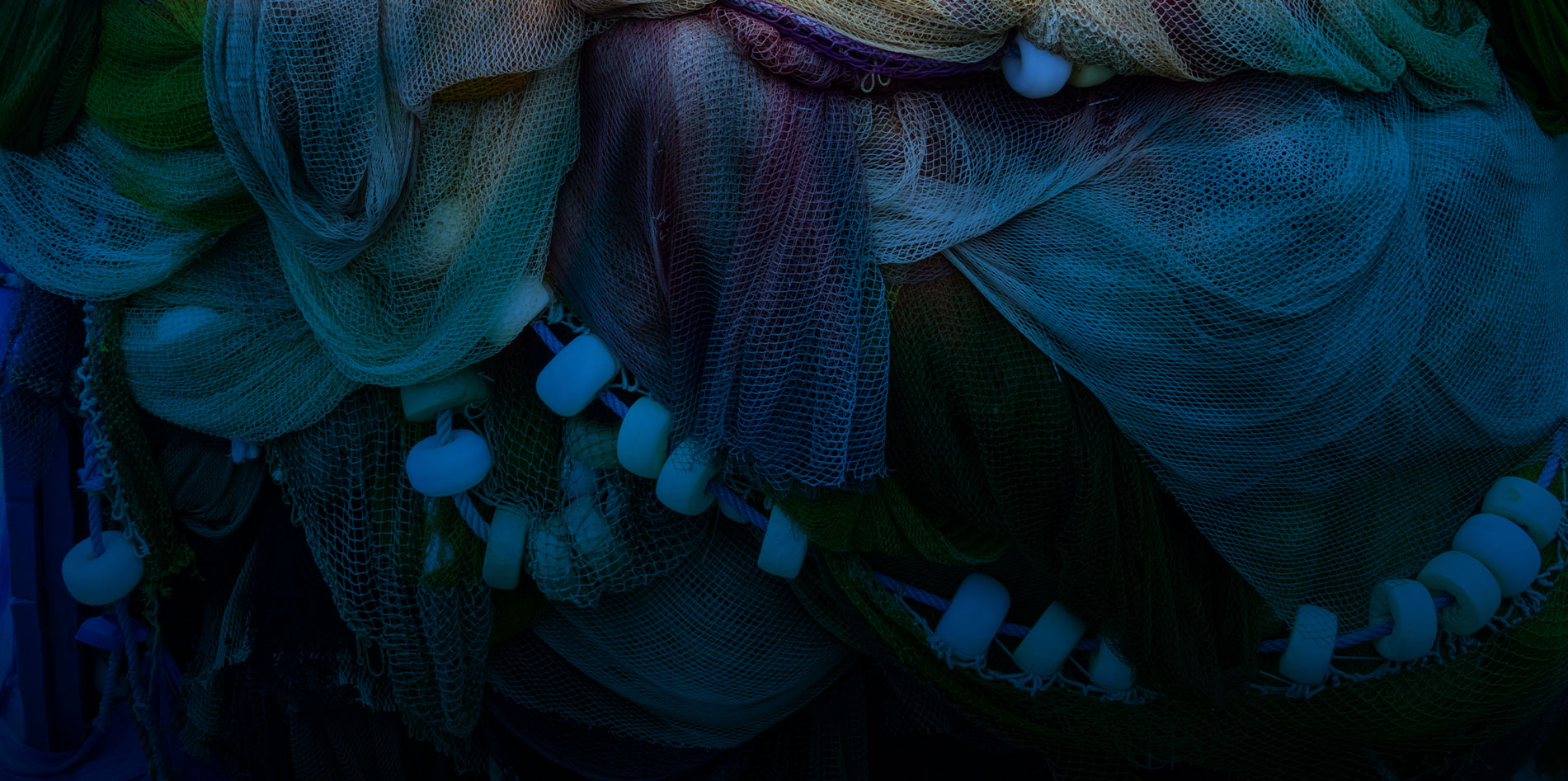
SATLINK
«Given the ocean is still the great unknown, technology is essential for the future of the sea»

Pedro Vigil
Satlink sales director
Satlink
Satlink, a technological firm which began in 1992, is focused on developing IoT solutions, moreover, it’s world leader in providing technological solutions for the fishing segment (both industry and regulators) due to its contribution to decision-making optimisation offering data access for a more sustainable and efficient management of oceanic resources.
How does Satlink work in favour of sea and ocean sustainability?
Sustainability is linked to every step we take, and every solution developed for over 30 years. Although we have different kinds of technological solutions, they’re all centred on achieving sustainable and efficient fishing in addition to ensuring good management of maritime resources, besides helping the fleets in their compliance with fishing regulations. It’s not a question of fishing more or less but rather doing it better: technology allows you access to reliable verified accurate data which contributes to more efficient and intelligent fishing leading to improved sustainability. Furthermore, at Satlink we believe looking after the oceans starts with looking after those who earn their living working on the sea; hence our solutions also facilitate and improve the crews’ day-to-day life and wellbeing, absolutely essential if we wish to ensure the future of fishing and generational renewal. Thus, Satlink optimises fishing sustainability in all three dimensions, namely social, economic and environmental.
One of your main aims is to equip vessels with state-of-the-art technology to improve management of their resources. How do you do this?
We have all kinds of solutions, all of which are focused on better management of fishing resources. Standing out among them, for example, are our sustainable fishing devices (smart buoys), enabling discrimination and selection of fish, thus minimizing the catch of species with possible restrictions in the different oceans. This allows fleets to concentrate on their target species while meeting quotas, optimising their fishing effort as well as generating considerable savings in time, resources, fuel and carbon footprint, thereby converting tuna fishing into an infinitely more efficient and sustainable activity. Furthermore, we have another series of solutions aimed at helping crews to comply with the evermore demanding fishing regulations, enabling them to demonstrate their good practices; likewise helping shipowners to optimise management of their fleets and resources. In addition to all this, we equip vessels with satellite communications and connectivity to increase the crews’ wellbeing, which is one of our basic aims. Our “Smart Boat” (Barco Conectado) project is laying down the steps to digitalisation of the maritime-fishing sector, not only enabling crew wellbeing but also optimisation of vessel operational efficiency and its safety, remote backup as well as access to meteorological and oceanographic information and forecasts, among many other functions facilitating the crews’ day-to-day tasks plus regulation compliance
What other projects have you got in hand and how do they affect sea ‘health’?
We have a very strong R+D team totally involved in developing cutting edge technology, at the forefront of the sector needs, so there are constantly new solutions available and projects in progress. AI and algorithm training now occupy a key place in all our developments. For instance, right now, we’re launching new applications for our oceanographic information services: to locate the best fishing areas, guarantee operation safety and optimise efficiency with greater fuel savings, thereby reducing the carbon footprint, among others. Furthermore, we’re constantly working on honing our algorithms, including, for example, estimation of species composition to provide greater detail on those with the biggest commercial interest, thus enabling fishing fleets to optimise their activity to the maximum while complying with fishing quotas. In broad terms, we’re looking to make Satlink an international benchmark in technology regarding knowledge, management and care of our oceans. We firmly believe technology is the route to achieving ocean sustainability because in order to look after something you have to be knowledgeable about it; and thanks to technology we’re gathering an enormous amount of data and information about what goes on in the oceans.
So is the future of the sea connected to technology?
Undoubtedly so! Technology is essential for the future of the sea since, despite covering 70% of the planet, the ocean is still a great unknown. We need more data, information and knowledge so we can make informed decisions guaranteeing its care; and technology is the tool for this.
«We want to make Satlink the international reference in technology for the knowledge, management and care of the oceans»
Moreover, technology is the biggest ally of the fishing sector, facilitating not only generational renewal, critical for the future of the sea, thanks to greater connectivity, but also adjustment to the evermore demanding regulations in terms of traceability, environmental responsibility and employment rights. In addition to this increase in regulations is the demand for fishing products guaranteeing sustainable practices not only by traders but also (and more importantly) by the last and most decisive link in the chain, i.e. consumers.
In what direction do you think the sector future is moving?
I believe it’s advancing towards having more information, more data and being able to make better informed decisions, not just the industry itself so it can fish better, more efficiently and sustainably, but also the regulators as they will have more information and knowledge about oceans and species to be able to legislate, not to mention that together, this way, we can guarantee the wellbeing of the seas and the fishing activity sustainability. For all the foregoing, AI is a key tool in this context because it allows us to overcome something which right now requires a lot of resources and it’s essential to ensure better management of our oceans, i.e. collecting, analysing and modelling data for informed decision making. With our focus on technology and the wellbeing of people we’re leading the way to a more sustainable future for fishing and oceans.
Essential technology to achieve SDG14
Are we on the right road to achieve SDG14?
Yes! Without a shadow of doubt, and we have to continue along this road. The SDG14 goal is linked to the Satlink target: “Preserving and sustainably using oceans, seas and marine resources for sustainable development.” It’s not just me or Satlink that believes this, but the UN itself. In 2022, Satlink received an award which should make the entire fishing industry in general and in particular the tuna sector proud of the path travelled and how things are being done. Satlink received the UN Global Compact Award for SDG14 for their contribution to ocean sustainability. UN Global Compact stated that our technology, in particular our selective smart buoy, is essential to achieving SDG14 likewise preserving the oceans and marine resources.



